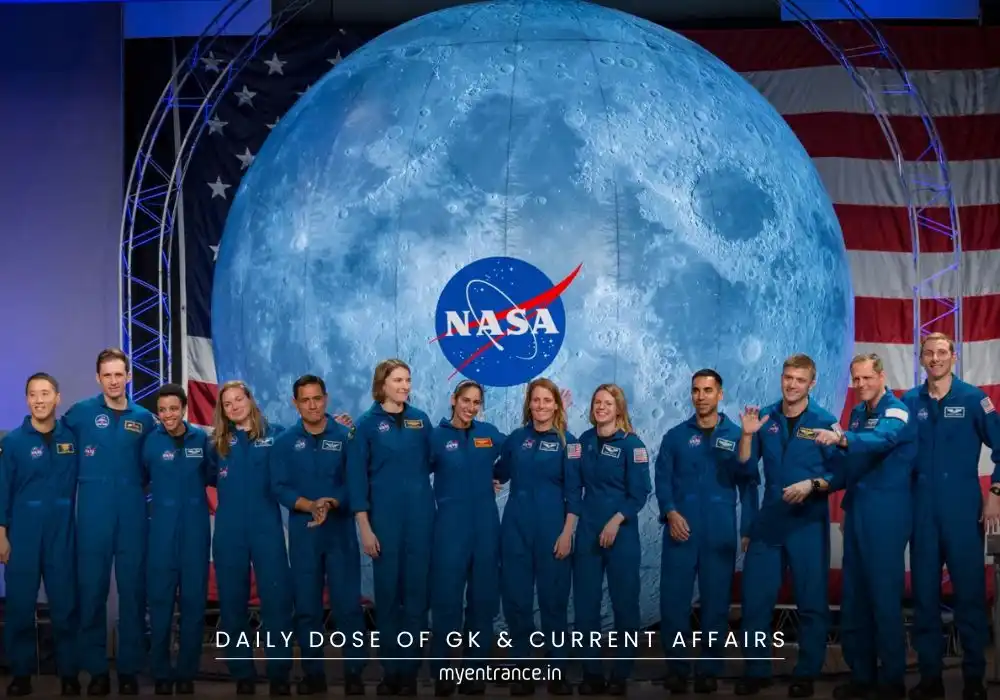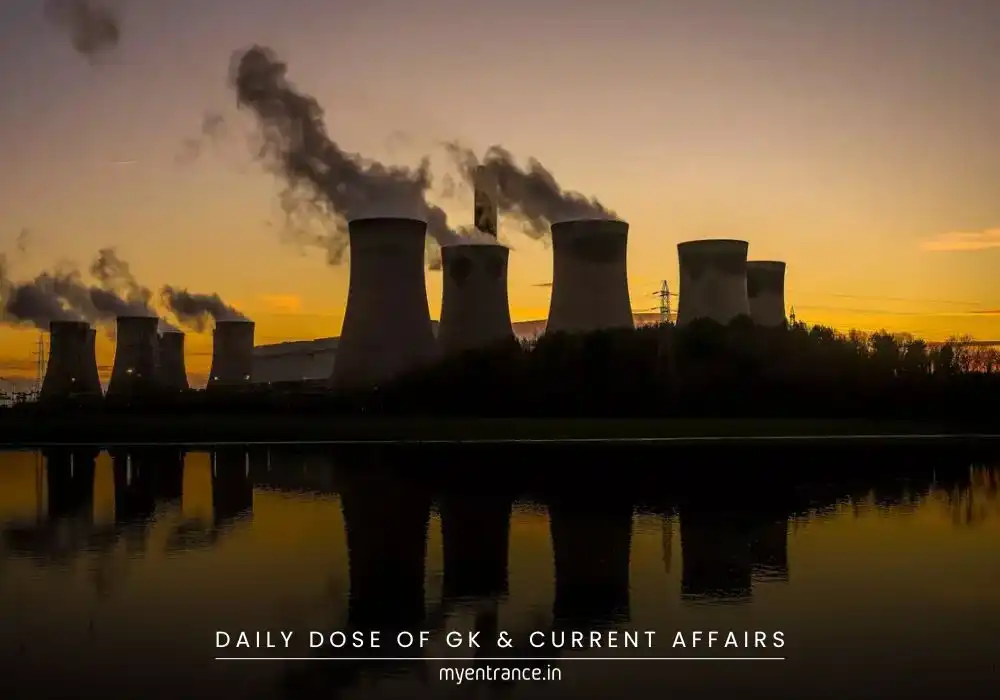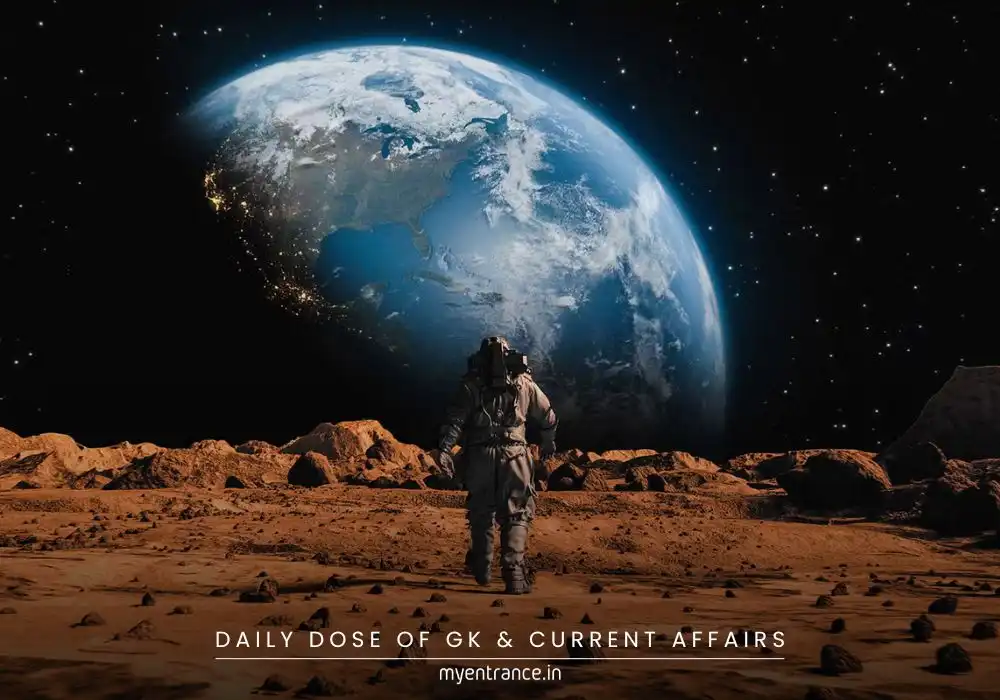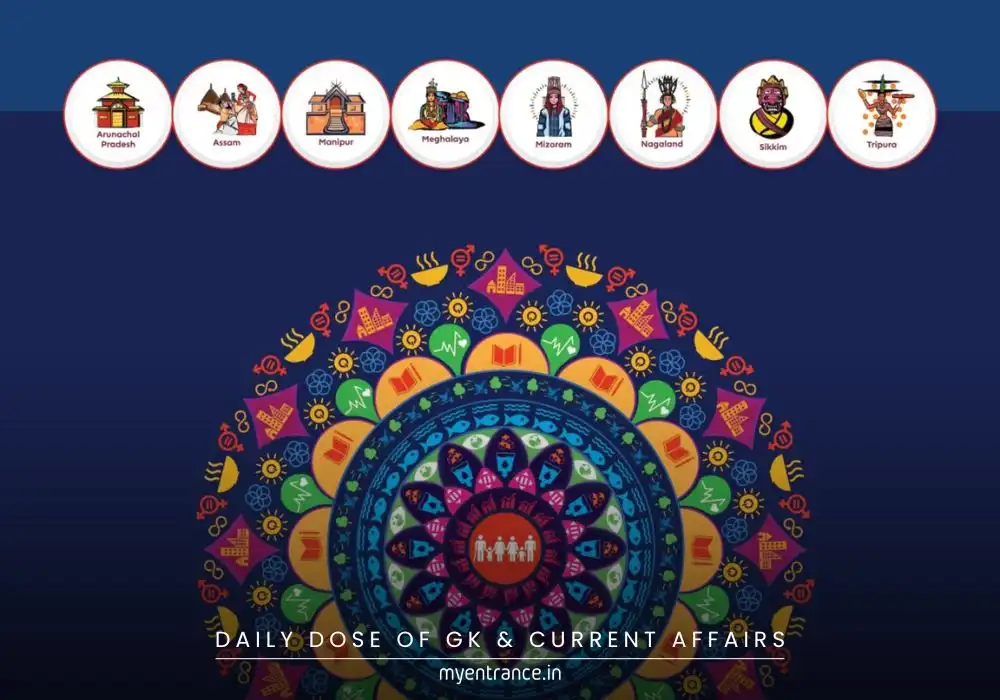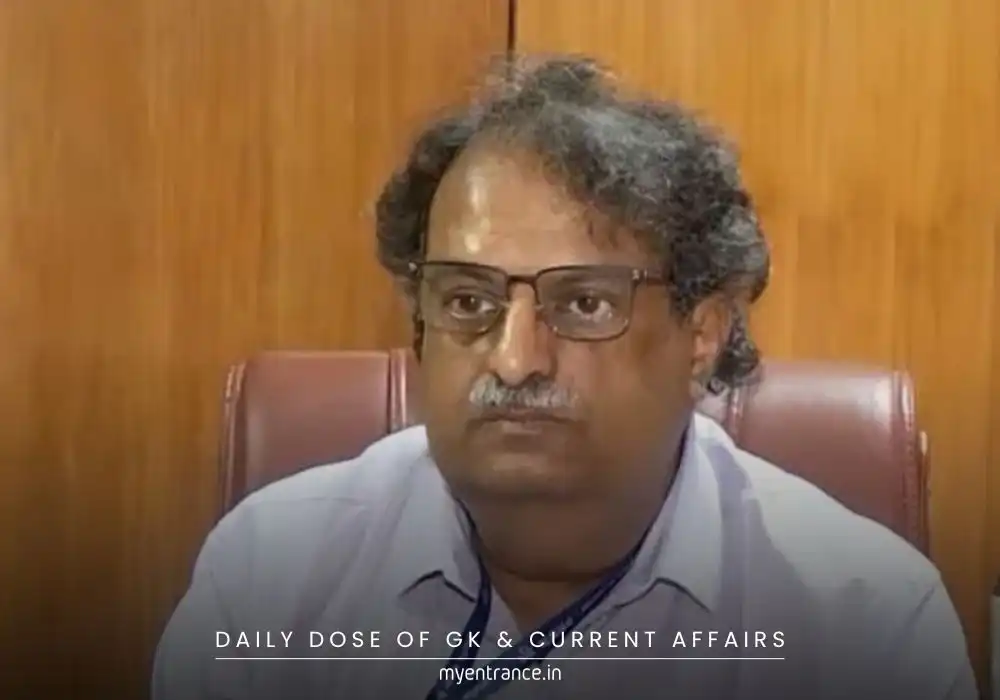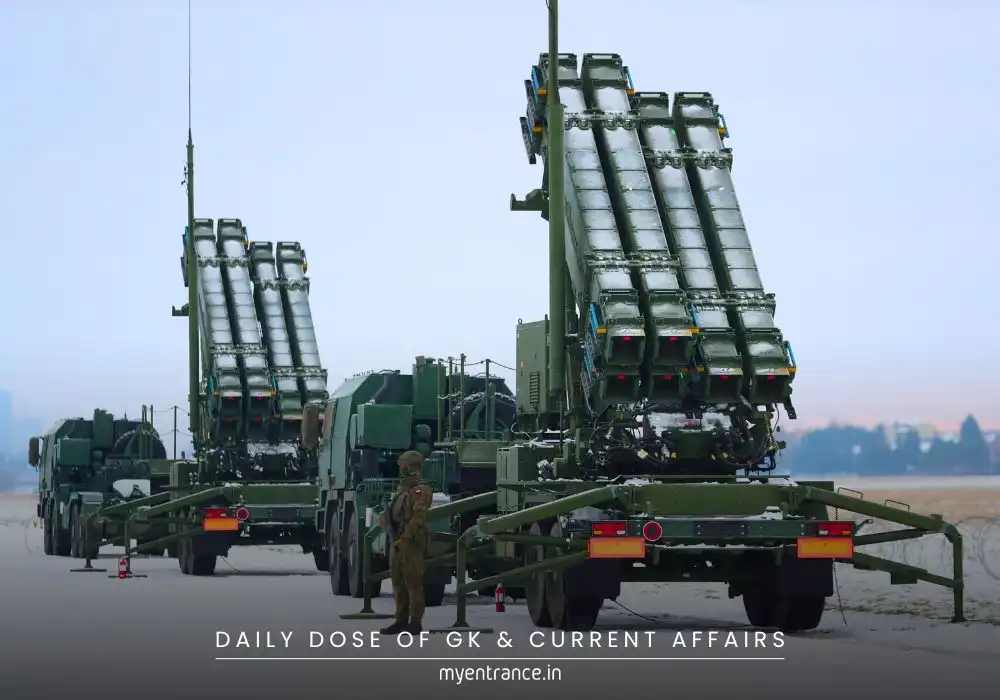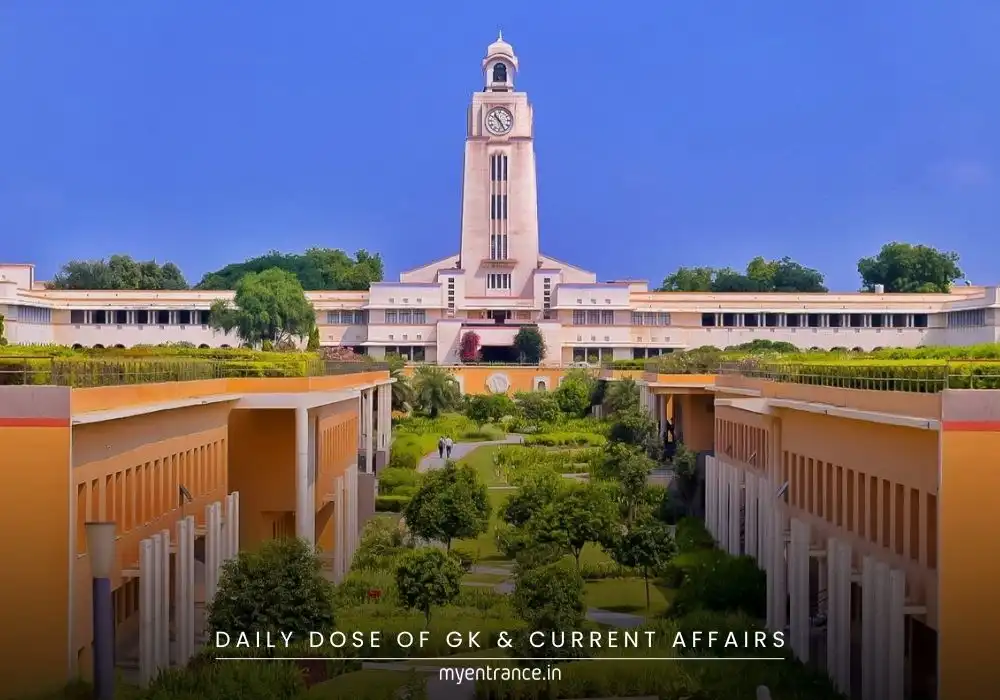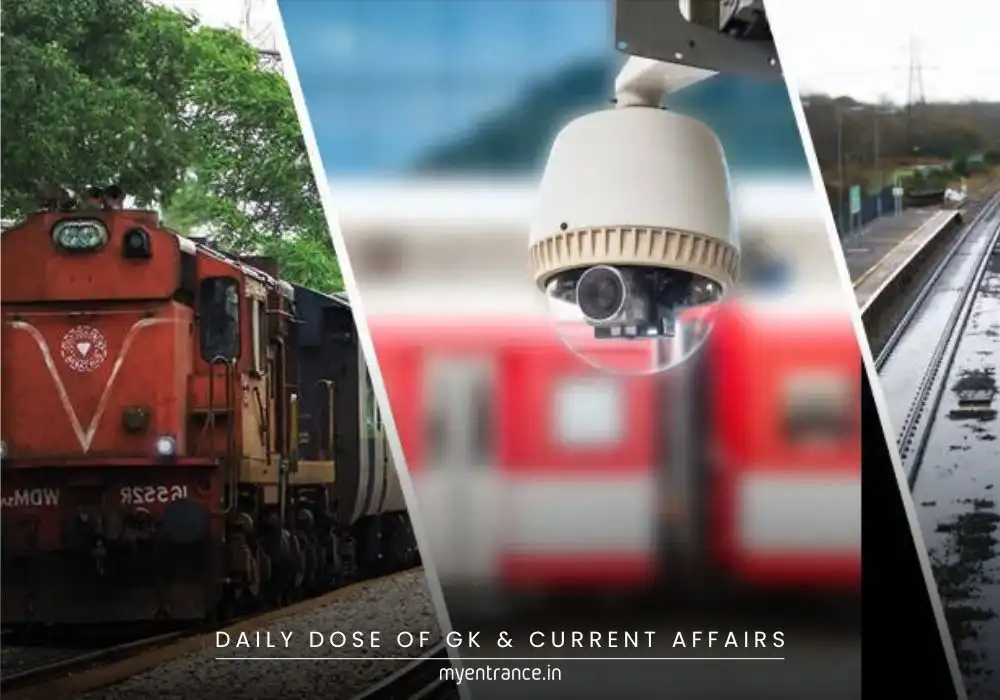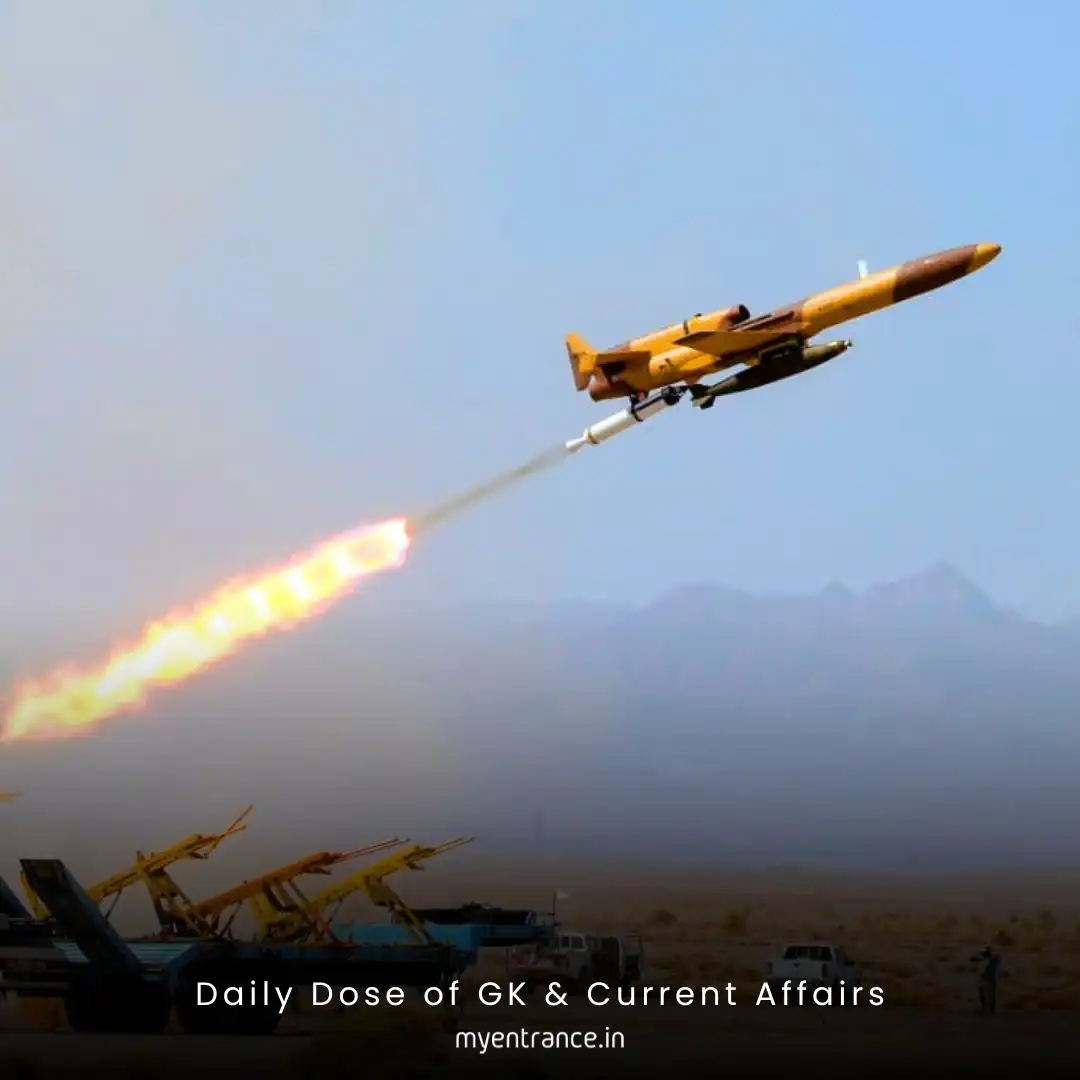Translate Language
Gaganyaan Mission Latest Update: What’s New with India’s First Human Spaceflight?
The Gaganyaan mission, India’s first human spaceflight program, has taken a significant leap forward. ISRO recently completed two successful hot tests of the Service Module Propulsion System (SMPS), bringing the dream of sending Indian astronauts into space closer to reality. These tests validate the system’s reliability for orbital maneuvers and emergency aborts—critical for crew safety.
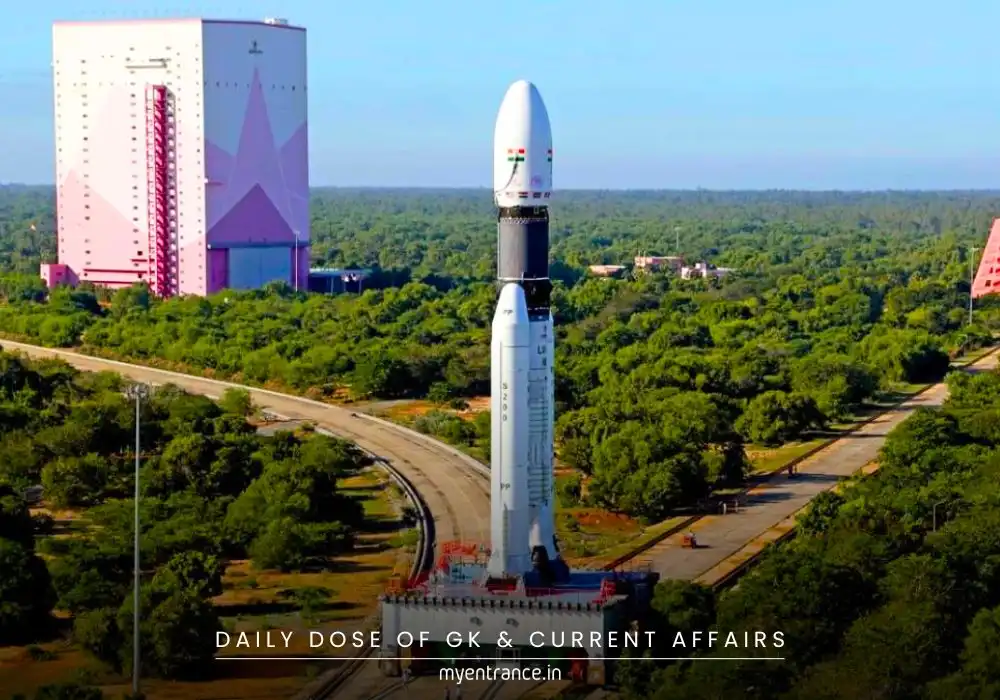
Latest Updates on Gaganyaan Mission
The Indian Space Research Organisation (ISRO) has been making steady progress on the Gaganyaan mission. The latest milestone? Two successful hot tests of the Service Module Propulsion System (SMPS), which ensures the spacecraft can maintain orbit, adjust trajectory, and execute emergency aborts if needed.
First Test: A 30-second burn confirmed basic functionality.
Second Test: A more rigorous 100-second burn simulated real flight conditions, with all thrusters and engines firing simultaneously.
These tests prove that the SMPS can handle the demands of a crewed mission, marking a major step toward India’s goal of launching astronauts by 2025.
What is the Gaganyaan Service Module Propulsion System (SMPS)?
The SMPS is the backbone of the Gaganyaan Orbital Module, responsible for:
Stabilizing the spacecraft in orbit.
Adjusting trajectory for re-entry.
Emergency aborts in case of mission failure.
Key Components:
5 Liquid Apogee Motors (LAMs) – Each provides 440 Newtons of thrust for major orbital adjustments.
16 Reaction Control System (RCS) Thrusters – Each delivers 100 Newtons of thrust for fine-tuning orientation.
This dual-engine setup ensures precise control, whether in steady-state (continuous burn) or pulsed mode (short bursts).
Why Were These Hot Tests Important?
ISRO’s recent tests were designed to:
✔ Simulate real-space conditions – Mimicking orbital maneuvers and emergency scenarios.
✔ Validate system reliability – Ensuring all engines and thrusters perform as expected.
✔ Prepare for full-duration testing – A critical step before integrating SMPS into the crew module.
Success here means India is one step closer to joining the elite club of nations capable of human spaceflight.
Sample Questions & Answers (For Competitive Exams)
Q1. What is the primary role of the Service Module Propulsion System (SMPS) in Gaganyaan?
Ans: It controls orbital adjustments, stabilizes the spacecraft, and enables emergency aborts.
Q2. How many thrusters does the SMPS have, and what is their function?
Ans: It has 16 RCS thrusters (100N each) for orientation control and 5 LAM engines (440N each) for major maneuvers.
Q3. Why were the recent ISRO hot tests significant?
Ans: They validated SMPS performance under real-flight conditions, ensuring mission safety.
Q4. Which ISRO center is responsible for developing the SMPS?
Ans: The Liquid Propulsion Systems Centre (LPSC) leads its development.
Q5. When is India expected to launch its first crewed Gaganyaan mission?
Ans: The target is 2025, pending successful further tests.
Why is This Important for Competitive Exams?
Topics like Gaganyaan, ISRO missions, and space technology frequently appear in:
UPSC (Science & Tech, Current Affairs)
SSC, PSC (General Awareness)
NID/NIFT (GK & Innovation Sections)
KAS & State PSCs (Science Developments)
Understanding these advancements helps aspirants:
✅ Score in current affairs (especially for UPSC & SSC).
✅ Grasp India’s space ambitions (key for essay & interview rounds).
✅ Stay updated with ISRO’s milestones (often asked in defense & science exams).
Final Thoughts
With each successful test, India moves closer to its first human spaceflight. The Gaganyaan mission isn’t just a scientific achievement—it’s a point of national pride and a hot topic for competitive exams. Stay tuned for more updates, and keep this info handy for your next mock test on MyEntrance.in!
Get 3 Months Free Access for SSC, PSC, NIFT & NID
Boost your exam prep!
Use offer code WELCOME28 to get 3 months free subscription. Start preparing today!
